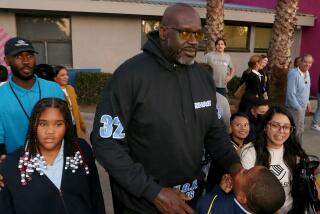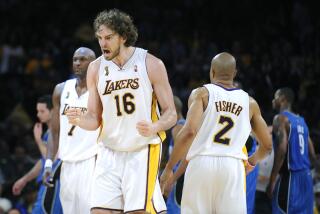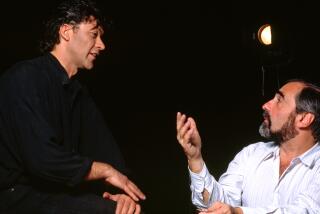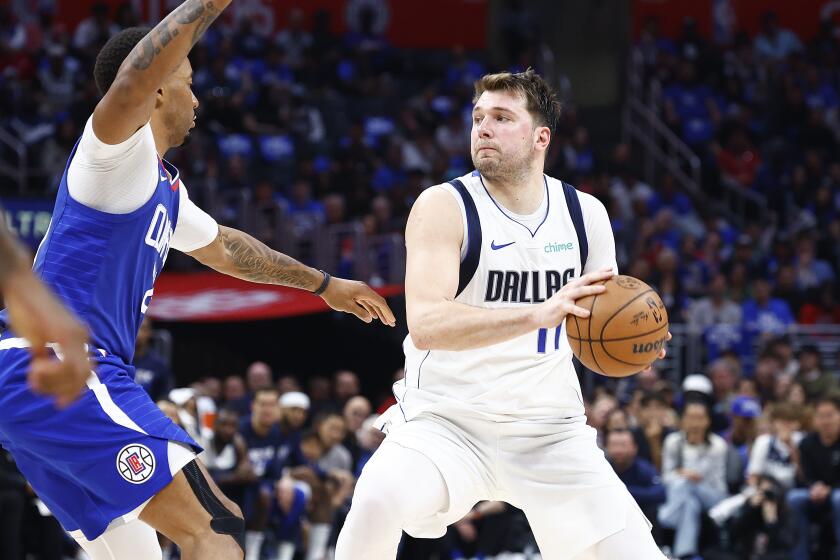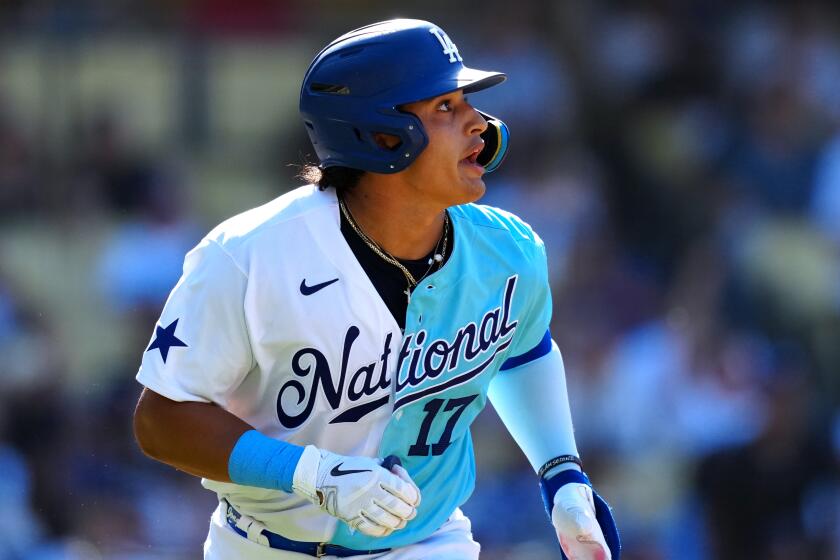You can just call him the Big Original
He will be 70 years old this November, but time and age haven’t made the Big O any smaller.
Oscar Robertson is one of those sports heroes whose legend survives decades and whose marketability spans eras. If you are a sports fan 25 or 85, and all stops in between, you know who the Big O is. His is both a nickname and a brand.
The term “bigger-than-life” is overused. Not so in reference to Robertson.
Pro basketball didn’t make him better. It was the other way around.
Today, an NBA triple-double (double figures in three statistical categories, usually points, rebounds and assists) is big news. Robertson had 181 in his career. Magic Johnson got to within 43 of that for second place. Robertson averaged a triple-double in the 1961-62 season with the Cincinnati Royals, 30.8 points, 12.5 rebounds and 11.4 assists.
Nobody had done that before, or since. Likely, nobody ever will.
When he played college basketball, few had ever seen the likes of him.
He was a skinny, 6-foot-5 sophomore at the University of Cincinnati on the night of Jan. 9, 1958, when his team beat Seton Hall, 118-54. Robertson scored 56, two more than the entire opposing team and most in Madison Square Garden history.
Before that game, he was just another college player. The New York Times mentioned him in its game preview, calling him Connie Robertson. No paper ever got it wrong after that.
Even in high school, at all-black Crispus Attucks in Indianapolis, he was a force of nature. In 1954, his sophomore season, his team lost in the state tournament quarterfinals to Milan, whose David-slew-Goliath run to the state title inspired the movie “Hoosiers.” Crispus Attucks lost only one game the next two seasons, and won two state titles.
Robertson is a businessman in Cincinnati now, married to his wife of 48 years, Yvonne. He has three daughters, one of whom he donated a kidney to in 1997.
“They tested the entire family,” he says, “and I was almost a perfect match. I just did what a father would do.”
When he goes to University of Cincinnati games, he walks past a statue of himself in the arena courtyard on the way in.
He stays busy, engaged, but not pressured.
“I play golf, but it’s not easy where I live,” he says. “I get my handicap to about a 14, but that’s at the end of the summer.”
He has done just about everything in his sport, been accorded just about every conceivable honor. The progression from all-state to All-American to All-NBA was an achievable path for him, an impossible one for others.
And when there were Hall of Fame spots -- national, state or local -- the Big O was an obvious choice.
He is asked to go more places these days, certainly more than he was in the years immediately following the NBA players’ union victory over the owners in 1976. That was a lawsuit, Oscar Robertson vs. the NBA, that won for NBA players the right of free agency. It changed the game forever.
Robertson’s name, and part of his legacy, was on the suit because he was the players’ representative for the union, and worked closely with the late attorney Larry Fleisher, even in the two years after he retired, to take on the league.
“I took the job because I was one of the few players who couldn’t be intimidated,” he says. “Lots of guys worried they’d be cut if they were player reps. Some of them were.”
He tells stories of $8 per diems, beds too short for players to sleep in, players knowing all the $2 steakhouses in NBA cities. Stories of injured players, drugged up in their hospital beds, being asked to sign release papers by the team before the drugs wore off.
Then there was the travel.
“One of our trips, for a game in Syracuse,” he says, “we flew a DC-3 and we went Cincinnati, Dayton, Columbus, Buffalo, Syracuse.”
Robertson’s biggest salary was in his last season in the league, 1973-74, with the Milwaukee Bucks. He was paid $250,000 and is still grateful for that. He is not one of those former pro athletes who spends every waking moment bitter about being born in the wrong era.
That’s not to say the current state of affairs in the NBA doesn’t occasionally amuse Robertson, especially since his lawsuit was the cornerstone to these lucrative times.
“I had a great career, and I’m happy for the players now,” he says. “Some of them are getting $5 million a year and averaging two points a game.”
He pauses, laughs, and adds, “And they think they are worth it.”
The NBA included him in some of the activities at the recent All-Star game in New Orleans and next month he will travel back to Milwaukee, where he spent the last four seasons of his 14 in the NBA and, with Kareem Abdul-Jabbar, led the Bucks to the title in a four-game sweep of the Baltimore Bullets in 1971. The Bucks are holding a special ceremony for the top 20 players in the 40-year history of their franchise. Robertson’s inclusion was never in doubt.
He also travels to various cities for signing sessions for the book he did a few years ago, as well as an instructional publication. He was in Los Angeles this week to sign some. The book title is as straightforward as his game was: “Oscar Robertson, The Big O. My Life, My Times, My Game.”
With the book, his is not a hard-sell, big-quantity push. He just thinks his story has some value and he wants it out there, available.
“Everybody else has a book about being on drugs, or doing something illegal, or overcoming this or that,” he says. “I tell people I’m probably boring. I’ve been married to the same woman for 48 years.”
The cover has a picture of a young Robertson, high off the floor, legs spread, holding the ball at his waist. It was probably taken on a rebound, but it might have been a pass, maybe even the start of a shot.
It’s hard to tell. Just like it always was for his opponents.
--
Bill Dwyre can be reached at [email protected]. To read previous columns by Dwyre, go to latimes.com/dwyre.
More to Read
Go beyond the scoreboard
Get the latest on L.A.'s teams in the daily Sports Report newsletter.
You may occasionally receive promotional content from the Los Angeles Times.
